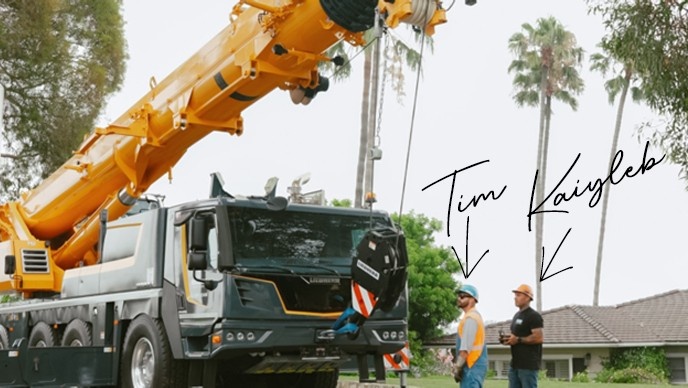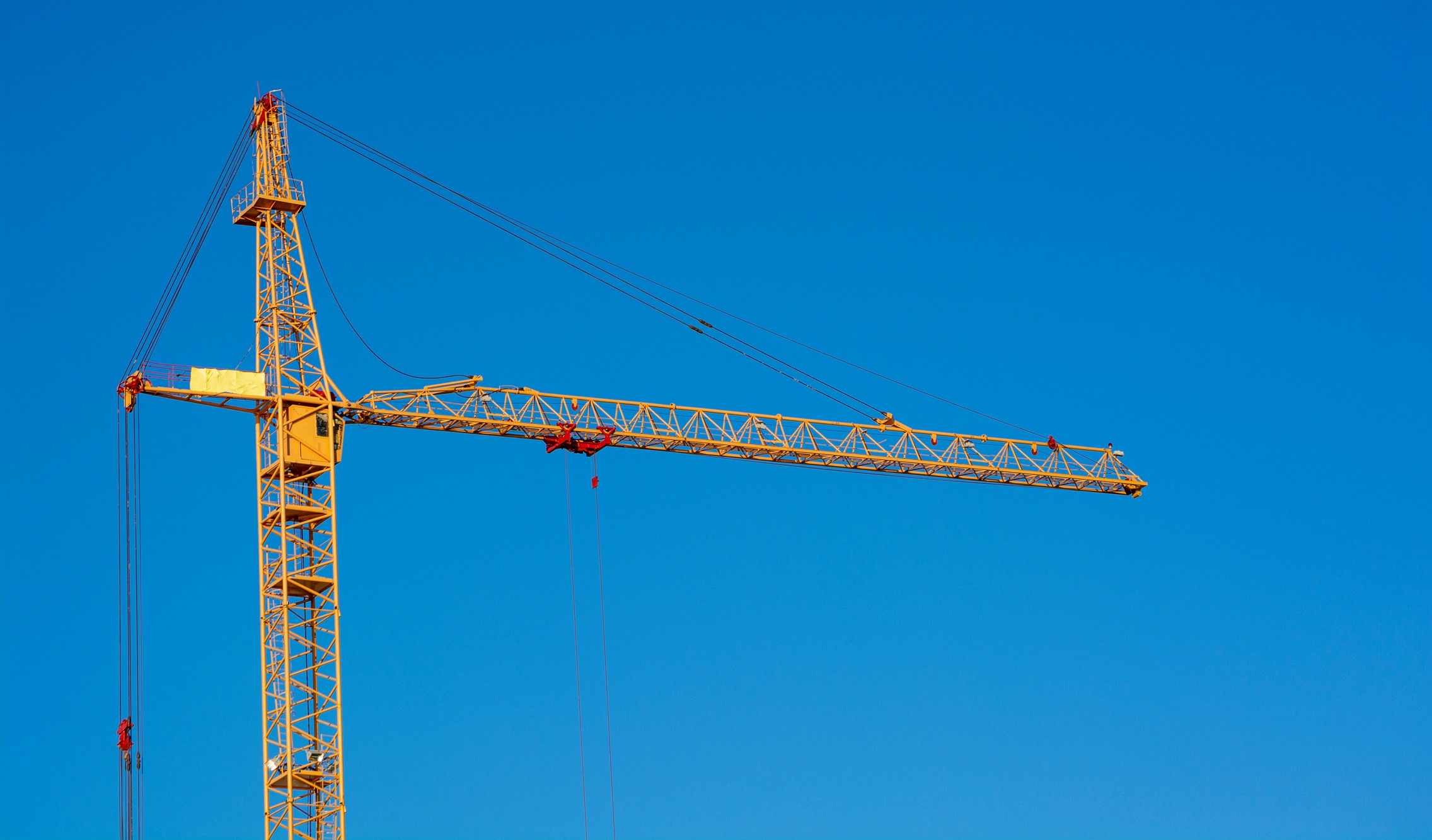The Different Types of Crane Rentals and Their Uses

What You’ll Learn
As you read about the various types of cranes, you’ll learn:
-
There are several unique types of cranes, and each of them has been designed for a specific purpose.
-
Choosing the right type or types of cranes for your project can lead to massive efficiency gains.
Types of Cranes
All cranes are not created equally. A crane that’s perfectly suitable for one job site might be entirely useless for another project, so it’s crucial to find the appropriate equipment for every task. There are many different crane varieties available, including all of the following and more. Familiarize yourself with the following options and consult with an expert to determine which option fits your needs most precisely.
Mobile Cranes Vs. Static Cranes
These are the two basic categories of cranes. Mobile cranes are mounted on wheels or treads, allowing them to move around job sites or even move to different job sites. Depending on the size and type of a mobile crane, it may or may not be road legal. A static crane is a permanent or semi-permanent structure affixed to the ground and moves loads within a specific area of reach.
Tower Cranes
Construction projects are getting bigger and heavier, so cranes have to keep up. Tower cranes offer the greatest height and lifting capabilities. Here at Reliable Crane Service, we offer some of the safest and most reliable tower cranes in the world.
Crawler Cranes
Crawlers offer excellent lift capacity, and they’re able to move around a site quickly. The mobility reduces the time between lifts. Thanks to the line speed and lifting capabilities of crawler cranes, they’re handy for new steel construction.
Rough Terrain Crane
Also known as RT cranes, these are built to navigate challenging environments. They’re somewhat similar to crawlers, but their load capacity isn’t typically as high. Still, they’re helpful because they can reach areas crawlers might not be able to.
Truck Mounted Crane
You might also hear this piece of equipment referred to as a truck crane or boom crane. Truck-mounted cranes (TMCs) are road legal because the boom is mounted to a truck bed. These cranes are relatively small and don’t have the high load capacity offered by other options, but they’re highly mobile.
Overhead Crane
This type of static crane is also known as a suspended crane; They’re typically used in factory settings or warehouses. They move along tracks and usually are permanent structures.
Floating Crane
Also known as crane ships or crane vessels, these are useful for ports, oil rigs, and other projects at sea. These cranes are fixed, which means they can’t be rotated.
Telescopic Crane
A telescopic crane has an extendable boom. The boom has multiple segments that fit inside of each other so that it can change in length. The segments are extended or retracted using hydraulic mechanisms.
Gantry Cranes
Gantry cranes are overhead cranes supported by freestanding legs. The legs move either on wheels or along a track or rail system.
Carry Deck Crane
A carry deck crane has a small, flat platform on wheels. From there, a rotating, telescopic boom lifts and moves loads.
Harbor Crane
Also called mobile harbor cranes and port harbor cranes, these help load and unload ships. They’re powerful, versatile, and relatively easy to move.
Crane Rentals from Reliable Crane Service
Here at Reliable Crane Service, we offer a wide variety of support systems and a safe, zero-incident atmosphere. Contact us today to source the best crane for your current or upcoming project in the western US, all the way from California to Las Vegas.




